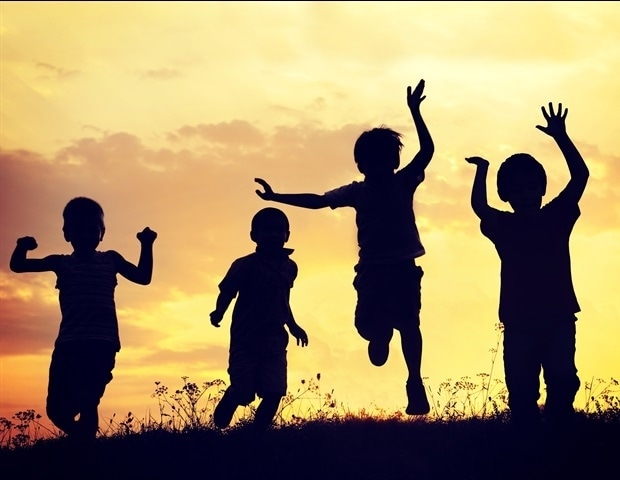Researchers from Children's Hospital of Philadelphia (CHOP) found that young children between the ages of 5 and 12 were more likely to experience a concussion from recreation and other non-sport activities, yet those injuries were not seen by specialists until days later compared with sports-related concussions in the same age group. This study suggests concussion research is needed for children outside of sports and that providing more resources and education to those providers diagnosing most concussions in this age group, particularly emergency departments and primary care, could reduce inequities in concussion care regardless of the mechanism of injury by which these patients experience concussions. The findings were recently published by the Journal of Pediatrics .
Adolescents experience high rates of sports- and recreation-related injuries, but the rate of injuries among children ages 5 through 12 is still high, at about 72.7 injuries per 1000 children. More than half of children in this age range participate in sports, as daily physical activity is recommended for optimal health and development, but with these activities comes a risk of pediatric concussion.

Most of the research into pediatric concussions has focused on adolescents and sports, which highlights a need to study concussions in younger children across all mechanisms of injury. Prior studies from nearly a decade ago reported the importance of non-sports and recreation-related concussions in elementary age c.























